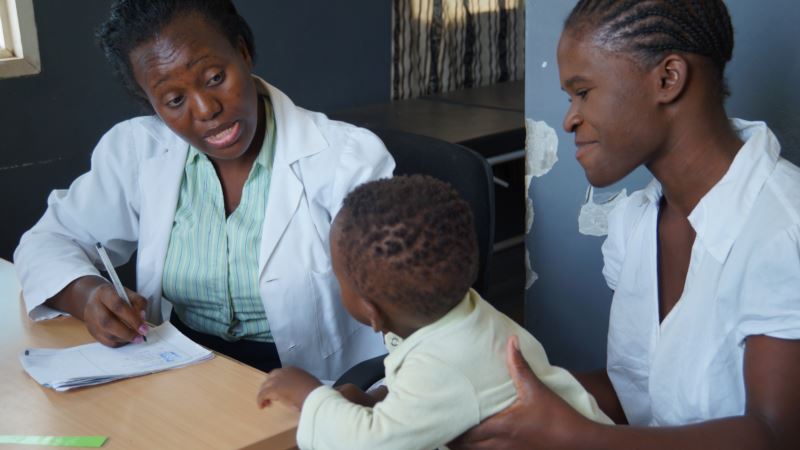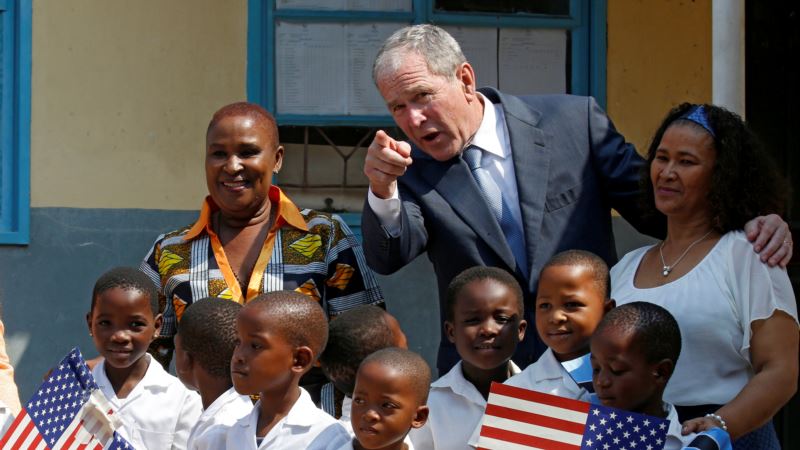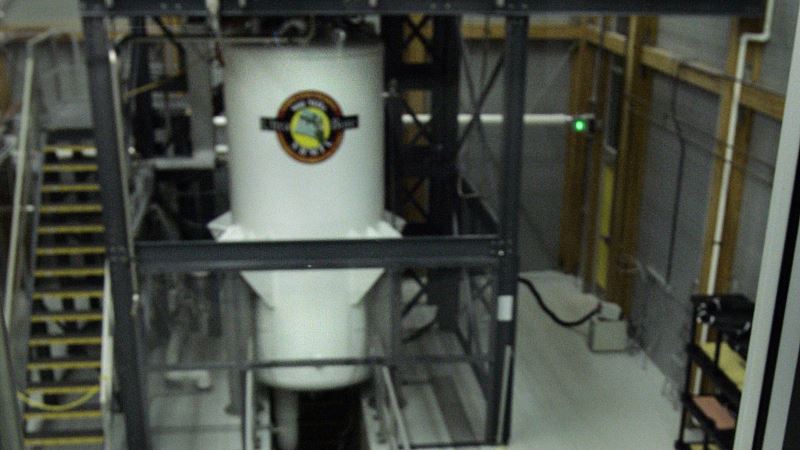It is no longer first come, first served at public hospitals in southern Malawi. Three years ago, health workers began using a system designed by the World Health Organization to triage sick children using the three colors of a traffic light. Case in point: Patricia Hamza holds her daughter’s hand as they walk into the Ndirande health center. The girl looks pale and weak, and Hamza fears it is malaria. As usual, the pediatric waiting room is full with mothers and their babies patiently waiting for medical attention. But minutes later, a medical worker arrives, assesses the child’s condition, and gives her a yellow ruler. They head straight into the doctor’s room. Chipatala Robot program This is the Chipatala Robot program. Specially trained health workers sort children on arrival using the colors of traffic lights. Red means emergency and the child should be seen immediately, priority cases are given yellow rulers so that they can jump the queue, while those with more minor complaints are assigned a green ruler, meaning they can wait. Mtisunge Mhango is the coordinator for program. “A lot of children are saved through this system because they are recognized early at the health facility,” Mhango said. “And even at the referrals, they are sent in a stabilized condition rather than before where they could send the children without stabilizing them.” Children no longer dying Health aide Mtendere Banda works at Ndirande, one of eight health centers using the system in southern Malawi. “Children are no longer dying in line while waiting for treatment,” he said. He is not saying deaths have been reduced, he is saying they have “stopped completely.” Researchers at Malawi-Liverpool Welcome Trust are studying the project, and officials are looking at expanding it to more hospitals. For Hamza, it turns out her daughter has pneumonia. She says they used to come to wait “as early as five o’clock in the morning and not return home until two in the afternoon. But this system is very efficient.” Just 20 minutes after they arrived at the health center, Hamza is in line to fill her daughter’s prescription and head home.
Red Means Go at Pediatric Wards in Southern Malawi






